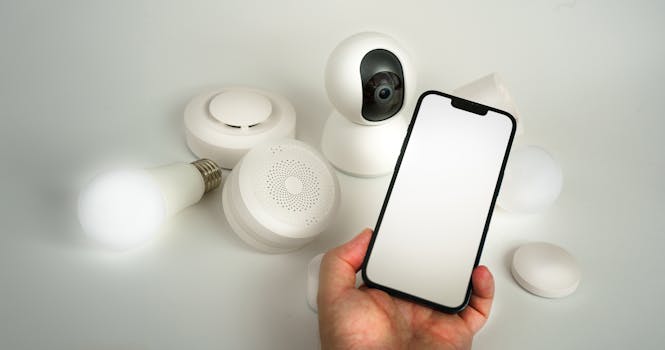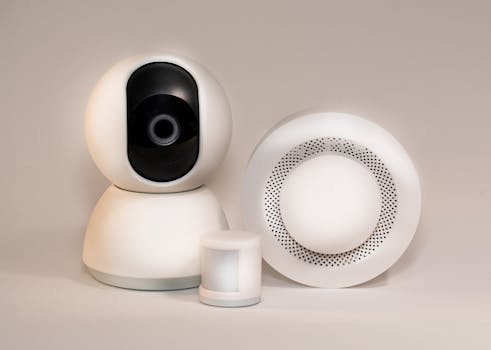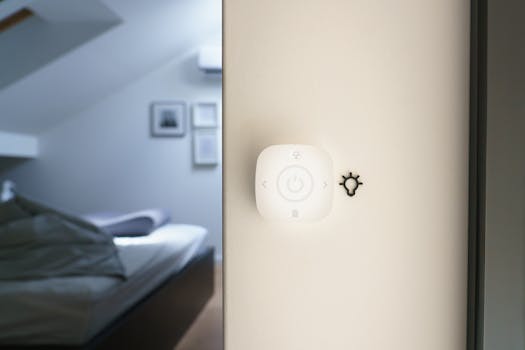
Home Automation in 2025: The Smart Home Ecosystem
Introduction to Home Automation

Home Automation in 2025: The Smart Home Ecosystem is revolutionizing the way we live and interact with our living spaces. With the integration of Internet of Things (IoT) devices, artificial intelligence, and machine learning, homes are becoming more intelligent, efficient, and convenient. In this article, we will delve into the world of home automation, exploring its benefits, latest trends, and innovations that are shaping the smart home ecosystem.
Benefits of Home Automation

The benefits of home automation are numerous, ranging from enhanced convenience and energy efficiency to improved safety and security. With smart home devices, homeowners can control and monitor their living spaces remotely, receiving real-time updates and notifications. This enables them to respond promptly to any issues, such as security breaches or system failures, minimizing damage and ensuring prompt resolution.
Latest Trends and Innovations

The home automation market is constantly evolving, with new technologies and innovations emerging regularly. Some of the latest trends and innovations include:
- Voice-controlled devices, such as Amazon Alexa and Google Home, which enable users to control their smart home devices using voice commands.
- Artificial intelligence (AI) and machine learning (ML) integration, which enables smart home devices to learn and adapt to users’ behavior and preferences.
- IoT devices, such as smart thermostats, lights, and security cameras, which can be controlled and monitored remotely.
- Energy harvesting and energy-efficient devices, which reduce energy consumption and minimize waste.
Smart Home Devices and Systems

Smart home devices and systems are designed to work seamlessly together, creating a comprehensive and integrated smart home ecosystem. Some of the most popular smart home devices and systems include:
- Smart thermostats, such as Nest and Ecobee, which learn and adapt to users’ temperature preferences and schedule.
- Smart lighting systems, such as Philips Hue and LIFX, which can be controlled and dimmed remotely.
- Smart security cameras, such as Ring and Nest Cam, which provide real-time video streaming and motion detection.
- Smart home hubs, such as Samsung SmartThings and Wink Hub, which integrate and control multiple smart home devices.
Conclusion

In conclusion, home automation in 2025 is a rapidly evolving field, with new innovations and technologies emerging regularly. The smart home ecosystem is becoming increasingly comprehensive, with a wide range of devices and systems available to create a seamless and intelligent living experience. As we move forward, we can expect to see even more exciting developments, such as increased integration with wearables and vehicles, and enhanced AI and ML capabilities. Whether you’re a tech enthusiast or simply looking to enhance your living space, home automation is definitely worth exploring.






